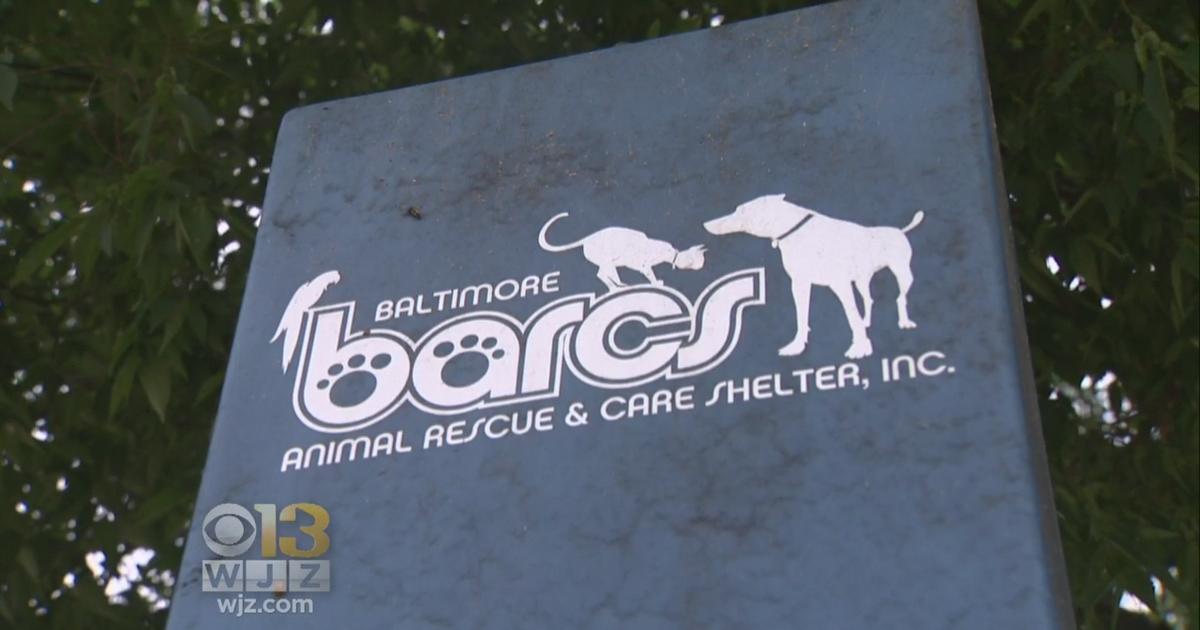While Not Mainstream Sport, Falconry Has Dedicated Following
The search for the rabbit had been going on for about 10 minutes, but the hunt itself lasted less than two seconds.
Two seconds of flight time for Glory, a northern goshawk, to catch and kill her prize.
After 20 years in falconry, Glory's owner, Greg Dorsch, is still amazed by what the birds can do.
"Goshawks will fly underneath (other) birds of prey to force them up, because (the birds of prey) are not as strong of fliers," Dorsch said. "They will catch up to them and then flip over and grab the prey with their talons."
Dorsch isn't just a man with a bird; he's part of an exclusive group of Maryland residents involved in falconry.
Falconry is the sport of taking wildlife by means of a trained raptor, according to Maryland's Department of Natural Resources.
More simply, it is hunting, but instead of using a gun, the falconer uses a bird.
While not a mainstream sport, there are still a number of people in Maryland who partake in falconry.
There are between 100-125 licensed falconers in Maryland in any given year, according to Glenn Therres of the Maryland Department of Natural Resources. In 2016, there were 109 licensed falconers.
Each falconer chooses their own way to obtain their bird.
Trapping is the most common way to obtain a falcon, but neither of Dorsch's current falcons, Glory, and Xena, an American kestrel, was caught through trapping. He obtained Glory from a nest, and Xena from a barn.
"A farmer called me. he found (Xena) on the barn floor when she was a baby," Dorsch said. "She didn't have any feathers when I got her and she was near death. She smelled awful bad, I don't know what happened. I nursed her back and got her healthy."
Dorsch's children named the falcon Xena after the warrior princess. Both Glory and Xena are females, as Dorsch prefers hunting with female falcons, which are typically one-third larger than males.
Most falconers, however, turn to trapping to get their birds.
Dorsch's trap uses a metal box made of wires, which he puts prey inside. The outside of the box has nooses that catch the bird's talons when it lands on the box.
When Dorsch sees a bird he wants to trap, he will set the box down and drive out of sight. The bird sees the prey and dives to attack it. When it lands, it attempts to take the prey and fly away, but its talons are already caught.
In Maryland, people who want to own raptors must find a General or Master falconer to serve as their sponsor for two years. These apprentices must be at least 14 years old and can only have an immature red-tailed hawk, American kestrel or red-shouldered hawk, according to the Maryland Department of Natural Resources.
During those two years, the sponsor teaches the apprentice about different aspects of falconry, from catching their bird to training it, hunting with it and general advice on taking care of it day-to-day.
After the apprentice passes the state falconry exam with an 80 percent or higher score, they become a General Class falconer. General Class falconers must be at least 16 years old and can have no more than three raptors at a time.
After they are a General Class falconer for five years, the falconers enter the Master Class. Master falconers are allowed to have up to five raptors from the wild.
After trapping his bird, Dorsch will then spend the four to six weeks training the falcon to ensure it listens to him and does not fly away.
"That's always a concern, because it's a very real possibility," he told the University of Maryland's Capital News Service.
"That's why you make sure they are on weight. You have them trained, then they are looking for you to provide the slip for them so they can catch something."
"But (birds flying away) does happen. If a Cooper's hawk or a red-shouldered hawk or a sharp-shinned hawk or something comes in the area and wants to scare her, they could easily scare her away."
The bird is trained using a lure, a fake animal that the bird will hunt.
"The training process is very tedious because you do it every day," Dorsch said.
Before the falcon can be taken out to the wild for hunting, the falconer needs to ensure they are in good shape to fly and hunt.
"You have to check on your bird every day," Dorsch said. "Weigh them, take log of them."
Taking log of the bird entails making notes to see how the bird responds at certain weights, Dorsch said.
"You want the bird to fly as heavy as possible and still respond," he said.
When the bird is in the correct weight range, it is ready to be taken to hunt.
"What you have to understand is, once you take a bird like that, you don't take a bird from the wild and then just keep it in a cage," Dorsch said. "You've got to hunt them, because that's what they're to do."
There is no exact start to "hunting season" for falconry, as different animals are eligible to be hunted during different months.
Squirrels can be hunted starting Sept. 1, while others, like the rabbit, are not eligible until Nov. 1.
All falconry hunting ends March 31.
Dorsch trained his falcons to hunt ground animals, like squirrels and rabbits, but they can be taught to catch other birds.
Once the falcon catches the prey, it is up to the owner whether it will eat the animal entirely. Often, Dorsch will switch the prey with a dead quail so the bird can fly again that day.
He will save the bigger game to feed them during the summer months when the birds are not allowed to hunt. As Dorsch pointed out, even during off-months, the birds need to be taken care of.
"You have to understand the commitment you are getting into," he said. "It's not like hunting season, where at the end of the season, you put your shotgun away, oil it up and you are good to go for next year"
"You have to take care of these birds 365 days a year."



